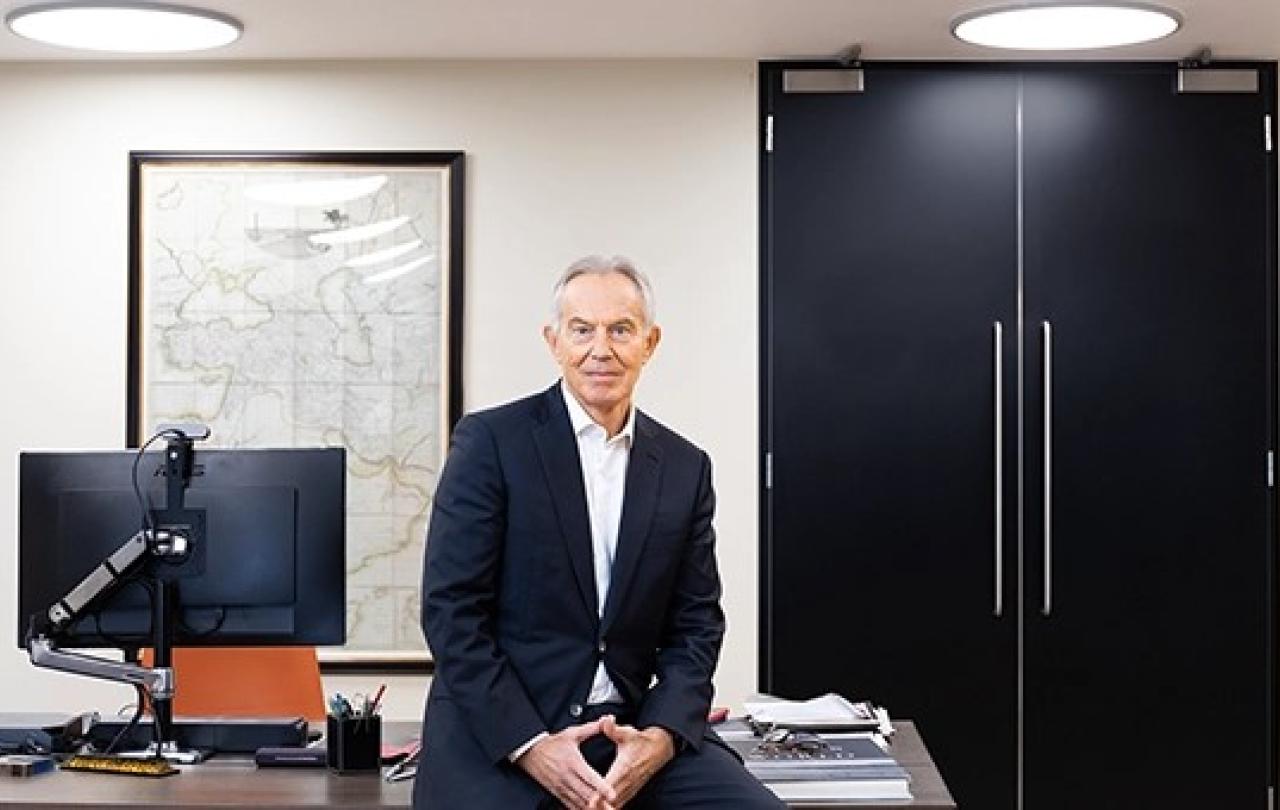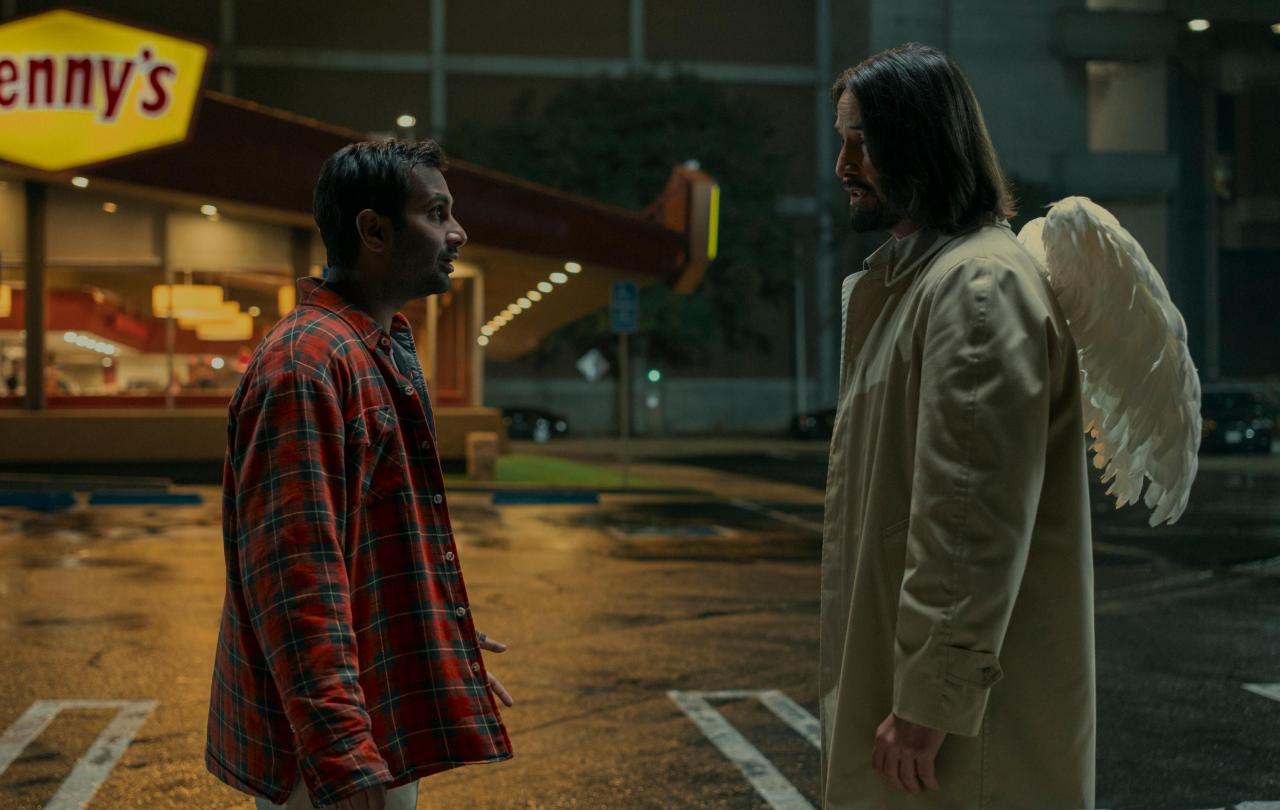
The 1990s are enjoying a revival—from the return of baggy jeans and bucket hats to the reunion of Oasis, and, perhaps most significantly, a Labour government in power once again. Unlike the fervent optimism of 1997, when Tony Blair swept to victory with D: ream’s hit song Things Can Only Get Better as an anthem, today’s Labour government faces criticism for a perceived lack of vision. Luckily, Tony Blair has just released his new book: On Leadership—perhaps a timely read for the current Prime Minister.
Blair's leadership credentials are, at one level at least, pretty impressive: he won three consecutive elections and was the first Labour Prime Minister to do so. His achievements include playing a crucial role in the Northern Ireland Peace Process, reducing NHS wait times, and making a substantial investment in public services. Blair also took a courageous stance with U.S. President Bill Clinton by intervening in the Kosovo conflict against the advice of the UN. He remains however indelibly associated with the controversial 2003 invasion of Iraq that resulted in the deaths of 179 British personnel, and hundreds of thousands of Iraqi civilians.
In this climate of scepticism toward political leaders, Blair's reflections on leadership invite critical questions: Who is this book for? Where is the vision? And even, intriguingly, do we now 'do God'?
Who's it for?
Blair’s book is not a typical guide to general leadership principles; rather, it’s an insider’s view on leading a country. For the average reader, it’s like overhearing a high-level seminar on statecraft—a glimpse into the “room where it happens.”
Maybe there’s a bit of an audience reality check going on in the same way that a TV documentary on what-it’s-really-like-to-be-the-England-football-manager might deliver. Many football fans are happy to shout at our televisions when most have not got even the remotest clue of the challenges and pressures national coaches are under. So perhaps if Blair can tell us how hard it is to handle the myriads of competing challenges as the leader of a nation, readers might better understand the weight of leadership and approach politics – and politicians -with greater humility.
One of the most helpful reflections the book offers was Blair’s self-analysis on three stages of leadership. The first is the new leader listening eagerly; the second comes when they think they know everything, and finally, there’s a third stage of maturity when “once again, with more humility, they listen and learn”. He argues that his book’s purpose is to shorten the learning curve and get leaders to the third stage more quickly.
This a noble cause, but there are times when this book feels like a sermon preached by a slightly unscrupulous vicar, in a church where everyone knows there’s only one person the preacher has in mind. This can make everyone else feel they are there just to fill up the pews so that the message gets delivered. For Blair, his message and his book seem to be very much for Sir Keir Starmer; a plea to him to listen and learn from others.
Where’s the vision?
Blair encourages leaders to make a meaningful impact with their time in office. Recalling a conversation with Shimon Peres, he writes, “Do you want to be in the history books or the visitors’ book?” For Blair, leadership is about pushing boundaries, meeting resistance with persistence, and making difficult choices when others hesitate. He writes, “If you, as a leader, are not a changemaker in this world, it is you who will be changed.” His words on taking risks and demonstrating resilience are certainly inspiring. However, he often focuses on how to lead effectively, with limited exploration of what motivates us to seek positions of leadership in the first place — a disappointing missing focus on moral purpose.
This emphasis on strategy over ideology is evident in chapter titles: The Supreme Importance of Strategy versus The Plague of Ideology. Blair is critical of rigid ideologies, advocating instead for flexibility and pragmatism. He contrasts ideological rigidity with a more agile and pragmatic approach, which could sound like its own simply going-with-the-flow ideology, - a situational ethical approach. This feels very different to the Tony Blair that took on the United Nations over the Serbian genocide in Kosovo. He appeared to take a moral stance driven by a commitment to human rights rather than going with a more pragmatic laissez-faire solution. Blair’s emphasis on pragmatism, while useful, may leave readers wanting more on the values that shape a visionary leader.
Blair includes a joke, a very good one, that feels accidentally pertinent: some people die and the Devil appears and asks them, before they settle for Heaven, to take a look at Hell, because it’s not as bad as they’ve heard. When they see the “drinking and debauchery” in Hell, they ask to be damned. But then they wake up in the real Hell – “cold, miserable and horrible” – and demand to know why it looks nothing like what the Devil showed them. “Ah well,” says the Devil, “back then I was campaigning.”
He meant it as a joke, but the lack of moral clarity in the book made me feel he was sharing more than he intended about the state of political leadership right now. Perhaps sharing to many more than just those he wrote this sermon for. It certainly encapsulates the growing chasm between political promises and reality, as well as illustrating the reason why many people feel disdain, distrust and disappointment in all politicians who say whatever they need to say to get elected.
Are we doing God now?
Famously, when asked about his faith while Prime Minister, Blair was interrupted by his press secretary, Alastair Campbell, who declared, “We don’t do God.” Yet in this book, Blair invokes Moses as an example of leadership under difficult circumstances: “Never underestimate the degree to which people crave leadership. Back to Moses again. The Israelites simultaneously hated and craved his leadership. If you remember, they reached the promised land (though, yes, I know, he didn't).”
Blair sees in Moses a leader who maintained strength and conviction, even in the face of public criticism—a relatable comparison for politicians navigating the pressures of modern social media. Whether or not Blair is “doing God” in this book, he draws inspiration from Moses as a model of resilience and substance, inviting readers to consider leadership as a balance between staying grounded in one’s values and withstanding external pressure.
In the end, On Leadership is a reflective, sometimes provocative take on leading a nation, full of insights that swing from the practical to the idealistic. But it also raises important questions about the ultimate purpose of leadership and the need for a clear moral compass. For a public that remains sceptical of political motives, Blair’s leadership lessons may provide timely, if imperfect, revelation.





